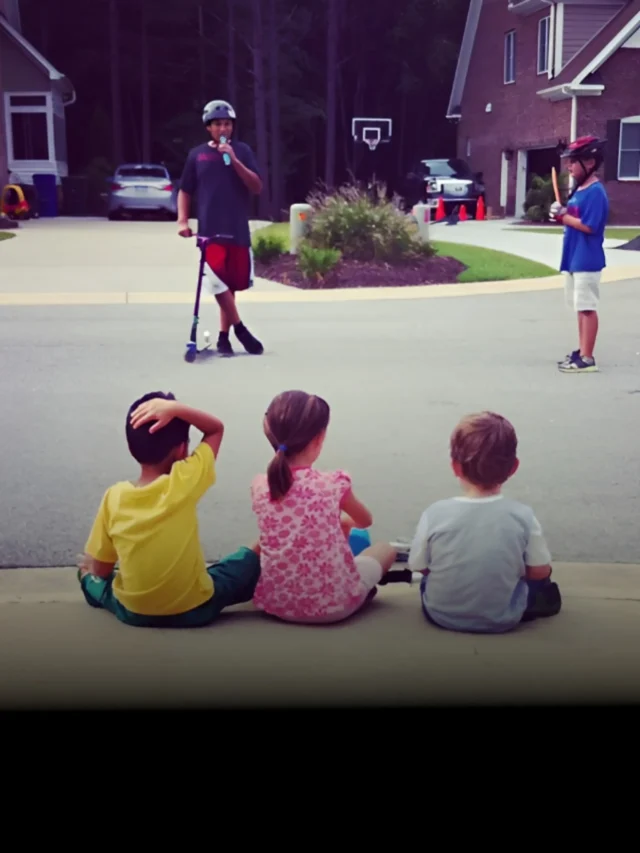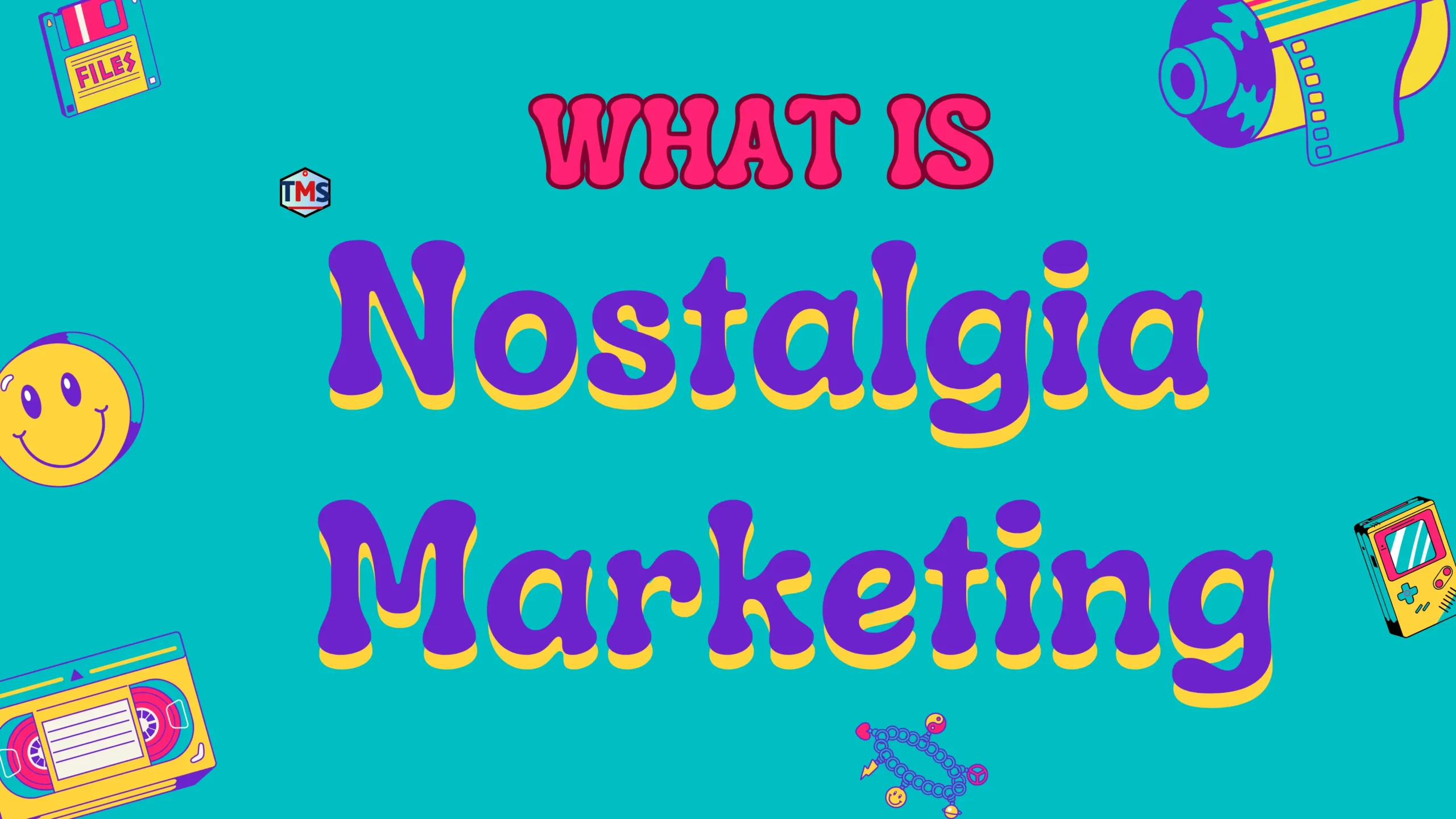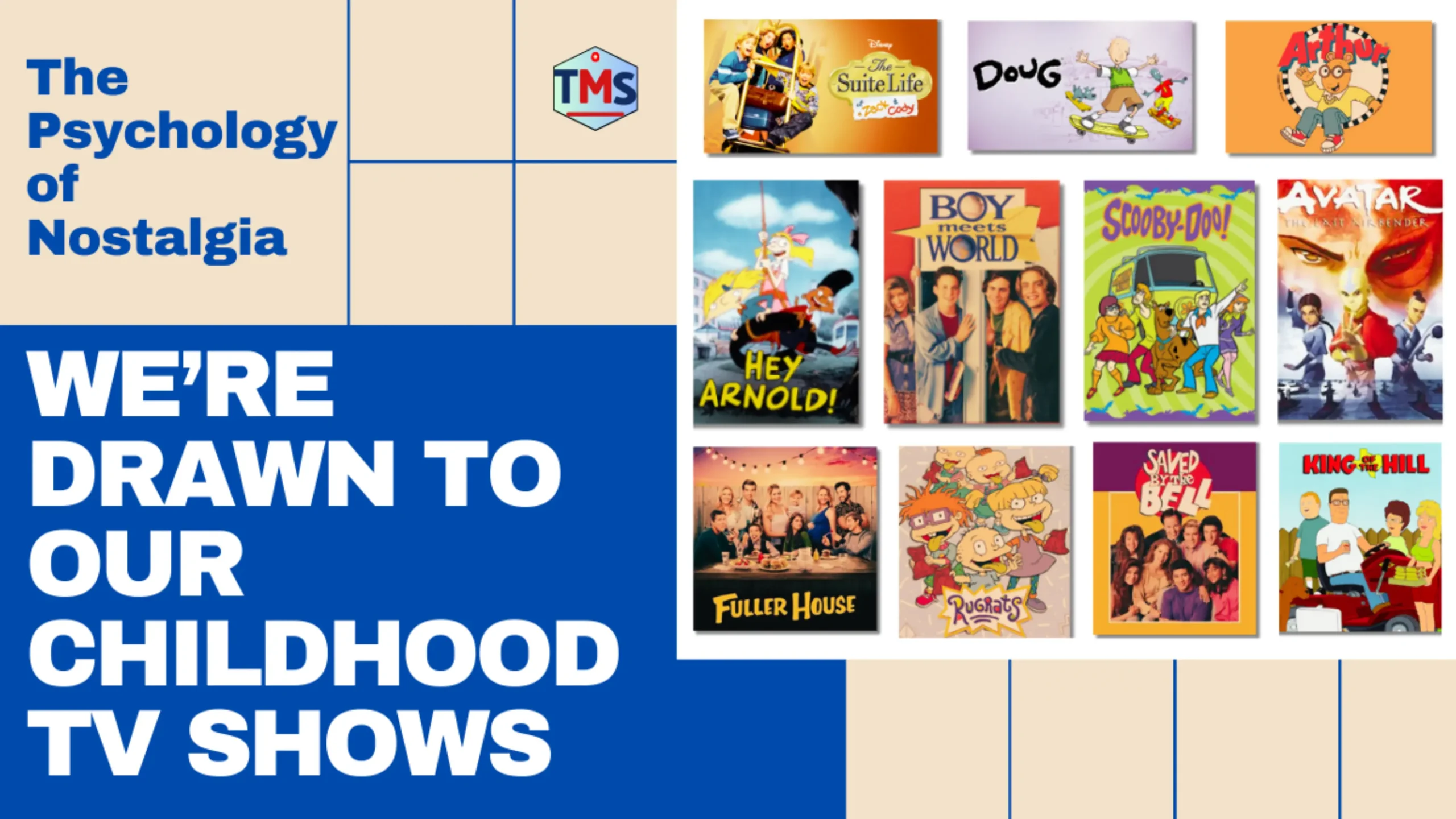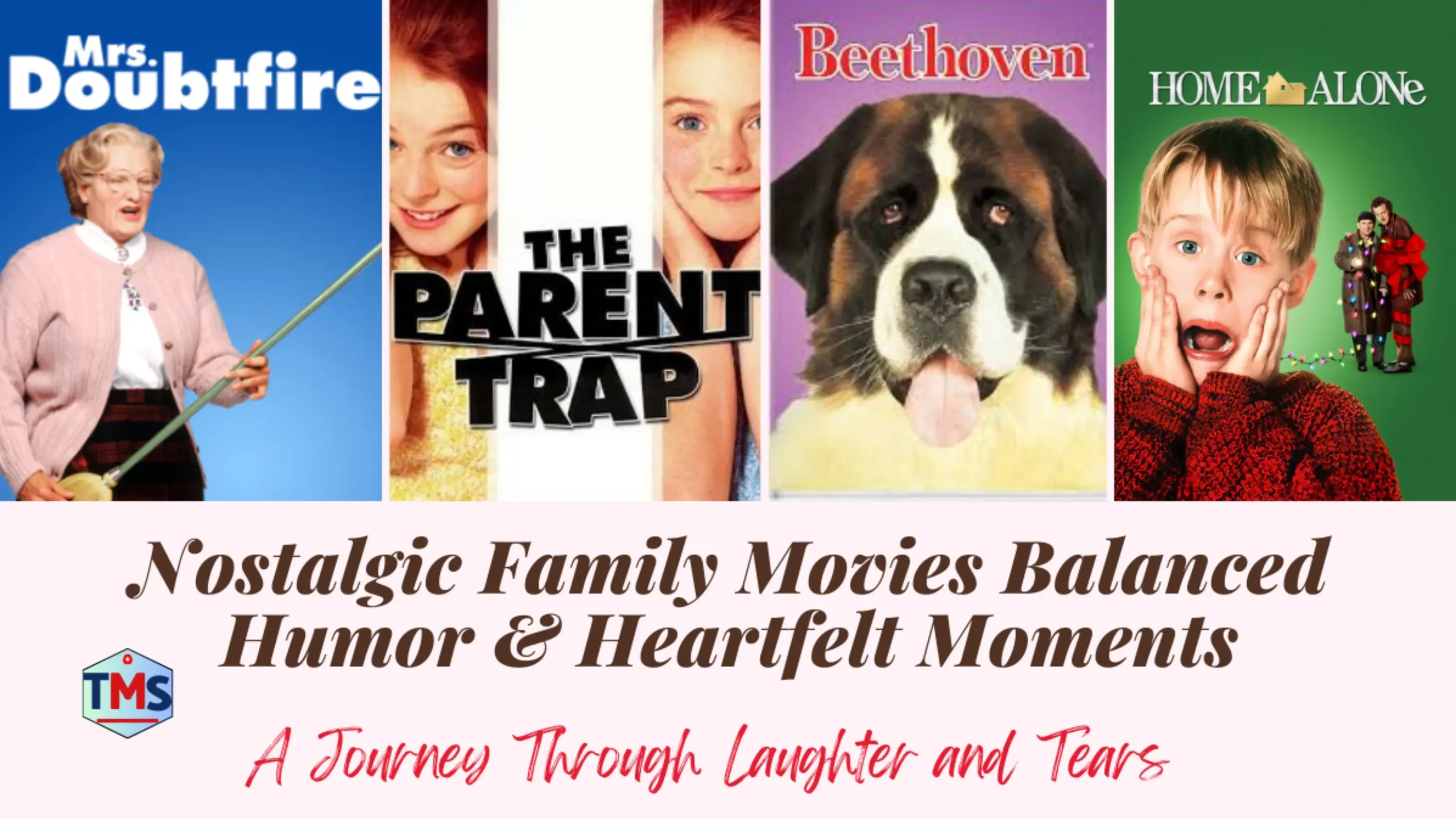Understanding Nostalgia: A Psychological Perspective
My Memories
When I was a kid growing up in a quiet Midwestern suburb, summers smelled like freshly cut grass and tasted like ice-cold Kool-Aid. The days stretched out endlessly, and the biggest decision I had to make was whether to ride my bike to the park or hang out in the cul-de-sac with my friends, trading baseball cards and waiting for the ice cream truck to make its rounds.
Sometimes, when life gets a little too heavy—when deadlines pile up and the world feels too loud—I find myself longing for those simpler days. It hits me out of nowhere: the sound of cicadas buzzing on a hot summer night, the squeak of a swingset, or even the distinct crinkle of a VHS tape being rewound. And just like that, I’m transported back to my childhood, reliving moments that are so vivid, I can almost touch them.
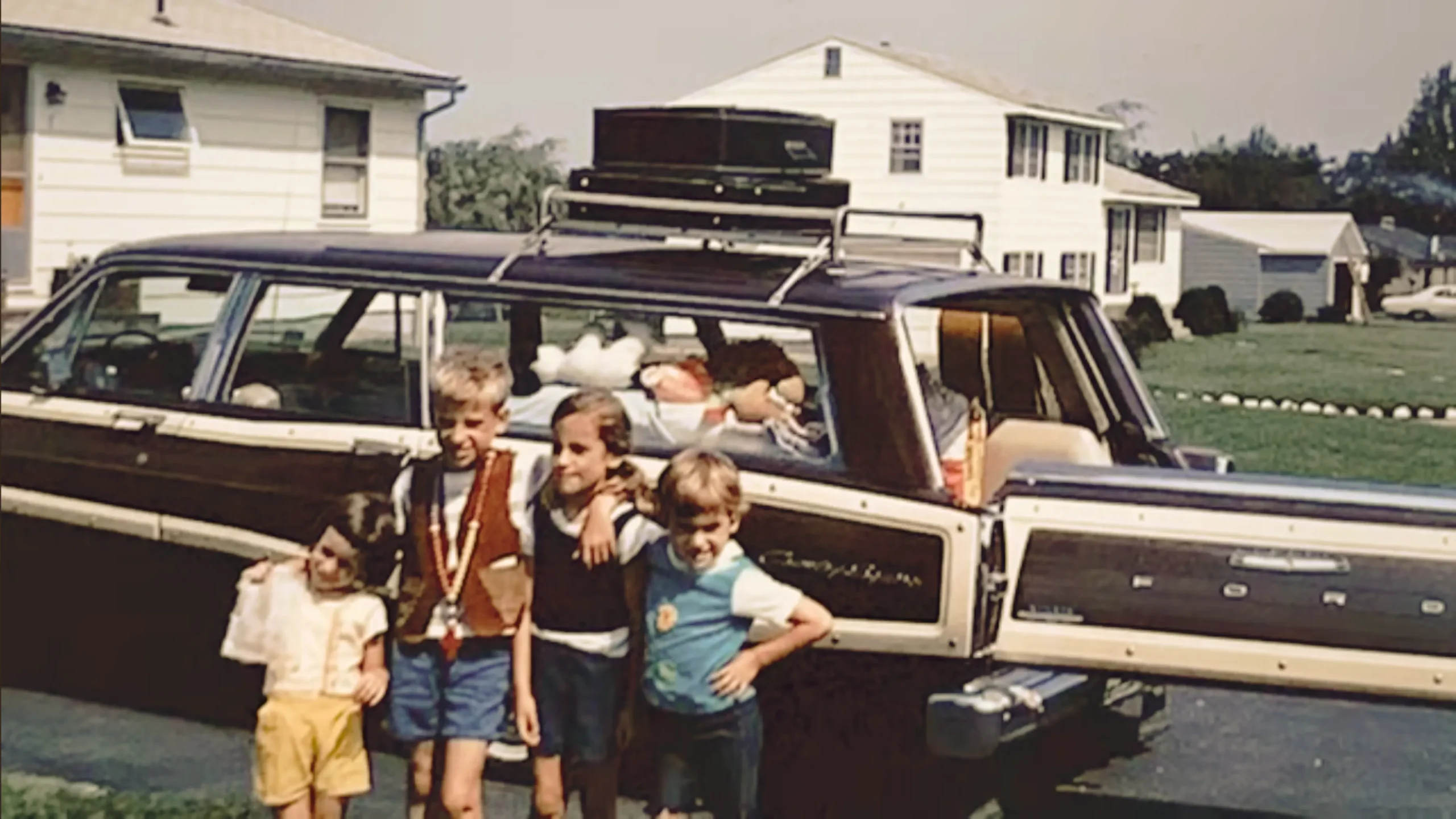
That’s nostalgia, my friend. It’s not just a memory; it’s a feeling. It’s the warm, bittersweet ache of the past, a yearning for something that, in your heart, you know you can never get back.
But why does nostalgia feel so good—and yet so haunting?
I think about this a lot. It’s like nostalgia is baked into our DNA. Maybe it’s because we’re a society always looking forward—new technologies, new trends, new horizons. We’re obsessed with progress. And yet, at the same time, there’s this collective longing to pause, rewind, and remember where we came from.
Take the ’90s, for instance. If you were a kid back then, chances are you can still hear the dial-up internet tone or the Nickelodeon theme song. You probably remember the smell of Blockbuster on a Friday night or the thrill of unboxing a new Tamagotchi. Those weren’t just objects or sounds—they were part of who we were. They were our stories, our connections, our identity.
Nostalgia is pervasive because it’s tied to our emotions. It reminds us of a time when we felt safe, loved, and full of wonder. And let’s face it: growing up is a shared experience in a lot of ways. We all grew up watching the same TV shows, eating the same sugary cereals, and dreaming about the same roller coasters we saw in commercials. Those things anchor us to a time and place we understand.
But here’s the twist: nostalgia isn’t always accurate. The past wasn’t perfect—far from it. The ’80s, for all its charm, had its share of struggles. We forget the frustrations, the heartbreaks, the moments we couldn’t wait to grow out of Nostalgia puts a rosy filter over all of it, making it feel shinier than it really was.
And yet, even knowing that, I wouldn’t trade those memories for anything. Because nostalgia isn’t about living in the past—it’s about connecting with it. It’s a reminder of how far we’ve come and how much we’ve grown.
So, the next time you catch yourself yearning for the “good old days”, don’t dismiss it as a silly indulgence. Lean into it. Rewatch that old sitcom. Dig out those photo albums. Let yourself feel all the feelings. Because nostalgia isn’t just a trip down memory lane—it’s a celebration of who we are and the moments that made us.
And maybe, just maybe, it’s also a reminder to cherish the present. One day, these will be the good old days, too.
A Brief History of Nostalgia
The term “nostalgia” was coined in 1688 by a Swiss medical student, Johannes Hofer. He mashed up two Greek words: nostos (homecoming) and algos (pain), to describe a deep homesickness that afflicted Swiss mercenaries fighting far from their homeland. Symptoms included weeping, insomnia, heart palpitations, and—if you can believe it—even death in extreme cases.
For centuries, nostalgia was considered a mental disorder, with doctors treating it as a type of melancholia. Soldiers, sailors, and expatriates were often diagnosed with nostalgia, and treatments ranged from mild (music therapy) to extreme (bloodletting, leeches, or even being sent home). Fortunately, by the 19th and 20th centuries, medical professionals began to realize that nostalgia wasn’t a disease—it was simply a natural emotional response.
Nostalgia: It’s All in Our Head (Literally)
For a long time, psychologists weren’t quite sure what to make of nostalgia. Was it a good thing? A bad thing? A glitch in the Matrix? Turns out, it’s none of the above. Modern research shows that nostalgia is a completely natural psychological process, driven by memory, emotions, and—surprise—our need for connection.
At its core, nostalgia activates multiple areas of the brain, including the hippocampus (which handles memory) and the amygdala (which processes emotions). When we recall a nostalgic memory, these areas light up like a Christmas tree, bringing back not just the events themselves but the emotions tied to them. That’s why hearing an old song can make me feel the exact way I did when I first heard it—whether that’s pure joy, teenage angst, or an overwhelming urge to dance like no one’s watching.
Nostalgia Pioneers: Top Researchers Exploring Nostalgia
Let’s dive into the works of some leading researchers who have explored this wistful emotion from psychological and scientific perspectives:
1. Dr. Krystine Batcho
A professor of psychology at Le Moyne College, Dr. Batcho developed the Nostalgia Inventory, a survey assessing individuals’ proneness to personal nostalgia. Her research delves into how nostalgia influences well-being and its role in coping with life’s challenges. She also contributes to Psychology Today and frequently shares her insights in media outlets.
Notable Article:
Nostalgia: A psychological perspective, 1995
KI Batcho
Perceptual and motor skills 80 (1), 131-143
2. Dr. Clay Routledge
Holding a Ph.D. from the University of Missouri, Dr. Routledge is a professor of psychology at North Dakota State University. His research positions nostalgia as a psychological resource, highlighting its role in enhancing well-being, fostering social connectedness, and imbuing life with meaning. He co-authored the paper “Nostalgia as a Resource for Psychological Health and Well-Being,” providing a comprehensive overview of nostalgia’s benefits.
Notable Article:
Nostalgia: Content, Triggers, Functions, 2006
T Wildschut, C Sedikides, J Arndt, C Routledge
Journal of personality and social psychology 91 (5), 975
Podcast with Krystine Batcho, PhD

Frequently Asked Questions (FAQs)
Is nostalgia a good or bad thing?
It’s generally considered a positive force. Research suggests nostalgia can boost mood, increase social connectedness, and provide a sense of meaning in life. However, excessive dwelling on the past can sometimes hinder present-day engagement.
How does nostalgia differ from simply remembering?
Remembering is a cognitive process of recalling information. Nostalgia, on the other hand, is an emotional experience that involves a strong sense of longing and sentimentality. It’s the emotional coloring of those memories that distinguishes nostalgia.
What triggers nostalgia?
Nostalgia can be triggered by sensory stimuli such as music, scents, photographs, old movies, or even conversations about past events.
Why is nostalgia so common among people?
Nostalgia is a universal human experience because it helps people maintain a sense of continuity, cope with changes, and strengthen social connections.
Does nostalgia change as we get older?
Yes, nostalgia tends to shift focus as we age. Young adults often feel nostalgic about recent experiences, while older adults reflect on their early years and significant life events.
Can nostalgia be scientifically measured?
Researchers use tools like the Southampton Nostalgia Scale (SNS) to assess how frequently and intensely people experience nostalgia.
Why do people feel nostalgic for times they never lived in?
This phenomenon, known as “historical nostalgia,” occurs when people romanticize past eras based on media, stories, or aesthetics rather than personal experience.
Why Does Nostalgia Feel So Universal?
Nostalgia feels universal because it is deeply rooted in human psychology and serves important social and emotional functions. Here’s why:
1. Emotional Comfort & Identity – Nostalgia provides a sense of stability and identity, helping people reconnect with positive past experiences, especially during times of change or uncertainty.
2. Social Bonding – Shared nostalgic moments, like favorite childhood TV shows or past cultural trends, create strong social connections among people, reinforcing a sense of belonging.
3. Psychological Benefits – Studies show that nostalgia can boost mood, reduce stress, and increase feelings of optimism by reminding individuals of meaningful life moments.
4. Human Memory & Emotion Link – The brain tends to store emotionally significant memories more vividly, making nostalgic moments feel more profound and universal.
Because nostalgia taps into these fundamental human experiences, it resonates with almost everyone, making it a timeless and universal phenomenon.
How Does Nostalgia Shape Our Lives Today?
Nostalgia plays a significant role in shaping our emotions, decisions, and even cultural trends. It influences our daily lives in several key ways:
1. Enhances Emotional Well-Being – Revisiting positive memories from the past can boost mood, reduce stress, and foster a sense of personal meaning.
2. Influences Consumer Behavior – Brands and marketers leverage nostalgia in advertising, reviving retro styles, products, and experiences to connect emotionally with audiences.
3. Drives Pop Culture Trends – Movies, TV reboots, music revivals, and fashion cycles often revisit past eras, keeping nostalgic influences alive in mainstream entertainment.
4. Strengthens Personal Identity – Nostalgic memories help people define who they are by reinforcing connections to their past experiences and values.
5. Fosters Social Connections – Reminiscing about shared past experiences strengthens relationships, whether through family traditions, old friendships, or online nostalgia communities.
In today’s fast-paced world, nostalgia provides a comforting link to the past, influencing everything from personal happiness to global marketing strategies and cultural movements.


